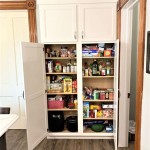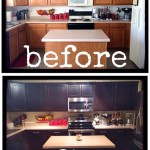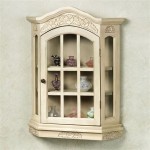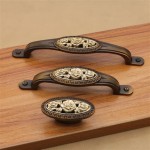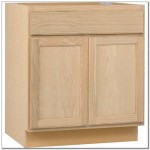Soft Close Cabinet Hinges Not Working: Troubleshooting and Solutions
Soft close cabinet hinges, also known as self-closing or dampened hinges, are a popular modern feature that adds a touch of luxury and convenience to kitchens and bathrooms. Their smooth, quiet closing action eliminates the jarring slam of traditional hinges and protects cabinet doors from accidental damage. However, like any mechanical component, soft close hinges can sometimes malfunction. When they do, it can be frustrating to deal with slamming doors and a less-than-elegant kitchen experience.
Understanding the underlying causes of these malfunctions is the first step to troubleshooting and fixing them. This article will explore the most common reasons why soft close hinges stop working effectively and provide practical solutions to get them functioning smoothly again.
Common Causes of Soft Close Hinge Malfunction
Several factors can contribute to soft close hinge failure. Identifying the root cause is crucial to choosing the appropriate repair strategy. Here are some of the most common reasons:
1. Debris and Dirt Accumulation
Soft close hinges rely on a precise mechanism that uses hydraulic dampening or a spring-loaded system to slow the door's closing action. Debris, dust, and food particles can accumulate in the moving parts of the hinge, interfering with this mechanism and causing the door to slam shut. Dirt can also cause the hinge to become stiff and hinder its smooth operation.
2. Worn-Out Dampening Mechanism
Over time, the dampening mechanism within the hinge can wear out, especially if the hinge is used frequently or subjected to heavy use. This wear can affect the dampening effect, leading to a less smooth closing experience. In hydraulic dampeners, the internal fluid can leak or become viscous, reducing its ability to slow the door down. Spring-loaded systems can lose their tension, making them less effective in providing a soft close action.
3. Improper Installation or Adjustment
If the soft close hinges are not installed correctly or are not properly adjusted, they may not function as intended. Misaligned hinges can lead to uneven door movement, and improper adjustment can result in a closing action that is too slow or too fast. Incorrect installation can put stress on the hinge, leading to premature wear and tear.
4. Weight or Load Issues
Soft close hinges are designed for a specific weight capacity. If the cabinet door is too heavy or if the hinge is not rated for the weight, it may struggle to provide a smooth, slow closing action. Overloading the hinge can also lead to premature wear and tear.
Troubleshooting and Repairing Soft Close Hinges
Once you've identified the potential issue, you can proceed with the necessary repairs. Here's a step-by-step approach to troubleshooting and repairing soft close hinges:
1. Cleaning and Lubrication
Start by thoroughly cleaning the hinge. Use a soft-bristled brush to remove dust and debris from the hinge mechanism. A mild cleaning solution, such as soap and water, can be used to remove stubborn dirt. Allow the hinge to dry completely before proceeding.
After cleaning, apply a light lubricant to the hinge's moving parts. A silicone-based spray or a light oil is recommended. Avoid using thick grease, as it can attract dirt and make the hinge stiff.
2. Adjusting the Closing Speed
Most soft close hinges have an adjustment screw that controls the closing speed. You can often find this screw on the side of the hinge, often marked with "+" and "-" symbols. Turning the screw clockwise will increase the closing speed, while turning it counterclockwise will slow it down. Experiment with the adjustment until you achieve the desired closing speed.
3. Replacing the Hinge
If cleaning and adjusting the hinge doesn't solve the problem, it's likely that the dampening mechanism is worn out. In this case, replacing the hinge is the best option. When choosing a new hinge, ensure it is compatible with your existing cabinet doors and that it is rated for the weight of the door.
4. Professional Help
In some cases, especially if you are unfamiliar with hinge mechanics or if the issue seems complex, it's best to seek professional help. A qualified cabinet repair technician can diagnose the problem and provide a personalized solution, ensuring that your hinges are repaired properly and that your cabinets function as intended.
Soft Close Hinge Not Working Common Issues And Fixes Maxave
Soft Close Hinge Not Working Common Issues And Fixes Maxave

How To Adjust Soft Close Hinges 7 Steps With Pictures Wikihow

Can You Convert Cabinets To Soft Close Authentic Custom Cabinetry

Tec Soft Close Adjustment

How Do I Retrofit Cabinets With Soft Close Hardware Wood

How To Adjust Self Closing Kitchen Cabinet Hinges Maintenance

Soft Close Hinge Not Working Common Issues And Fixes Maxave

Diy Soft Close Cabinet Doors With Thrifty Decor And Organizing

Everbilt 35 Mm 110 Degree Full Overlay Soft Close Cabinet Hinge 1 Pair 2 Pieces H32636e Np Cp The Home Depot
Related Posts

